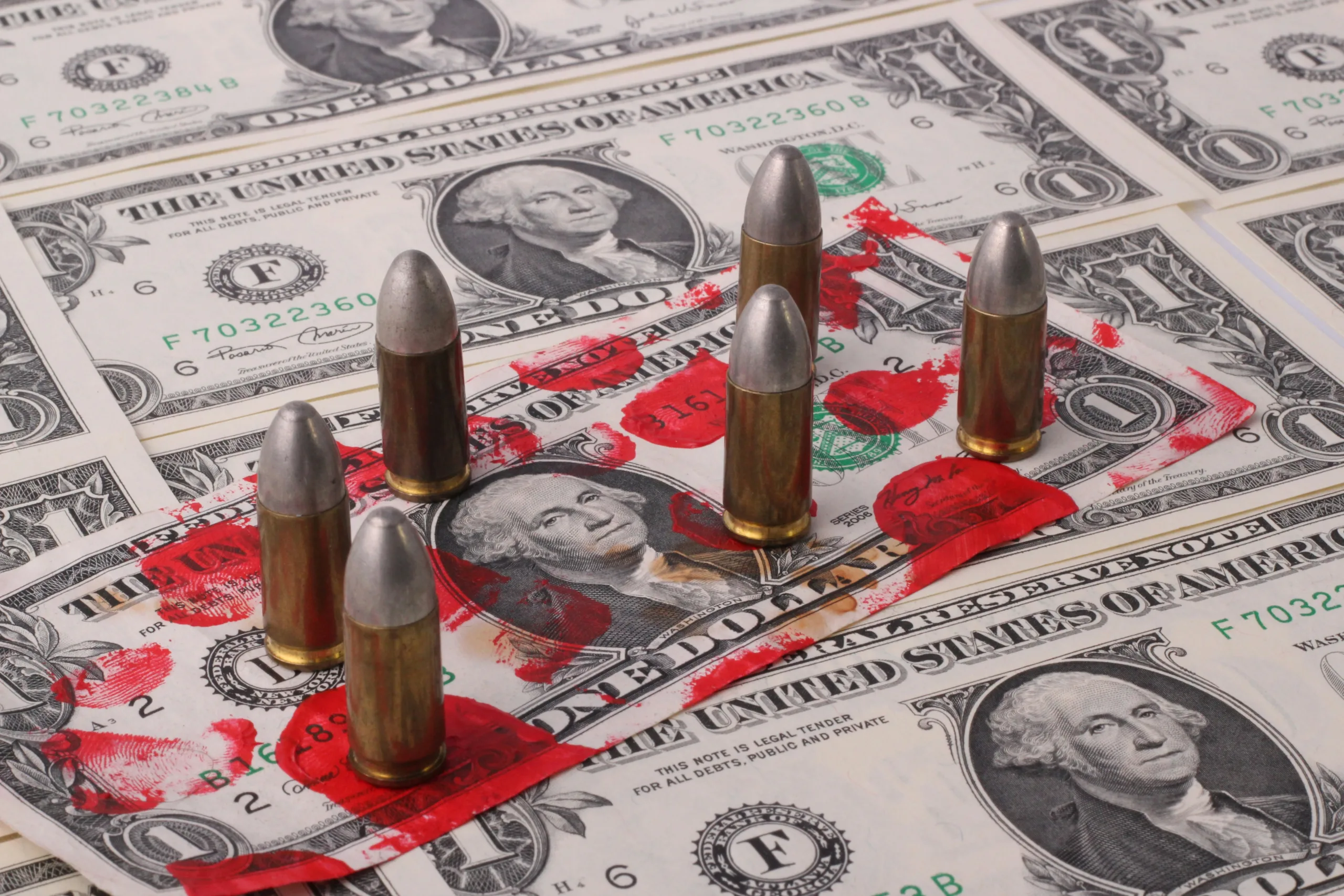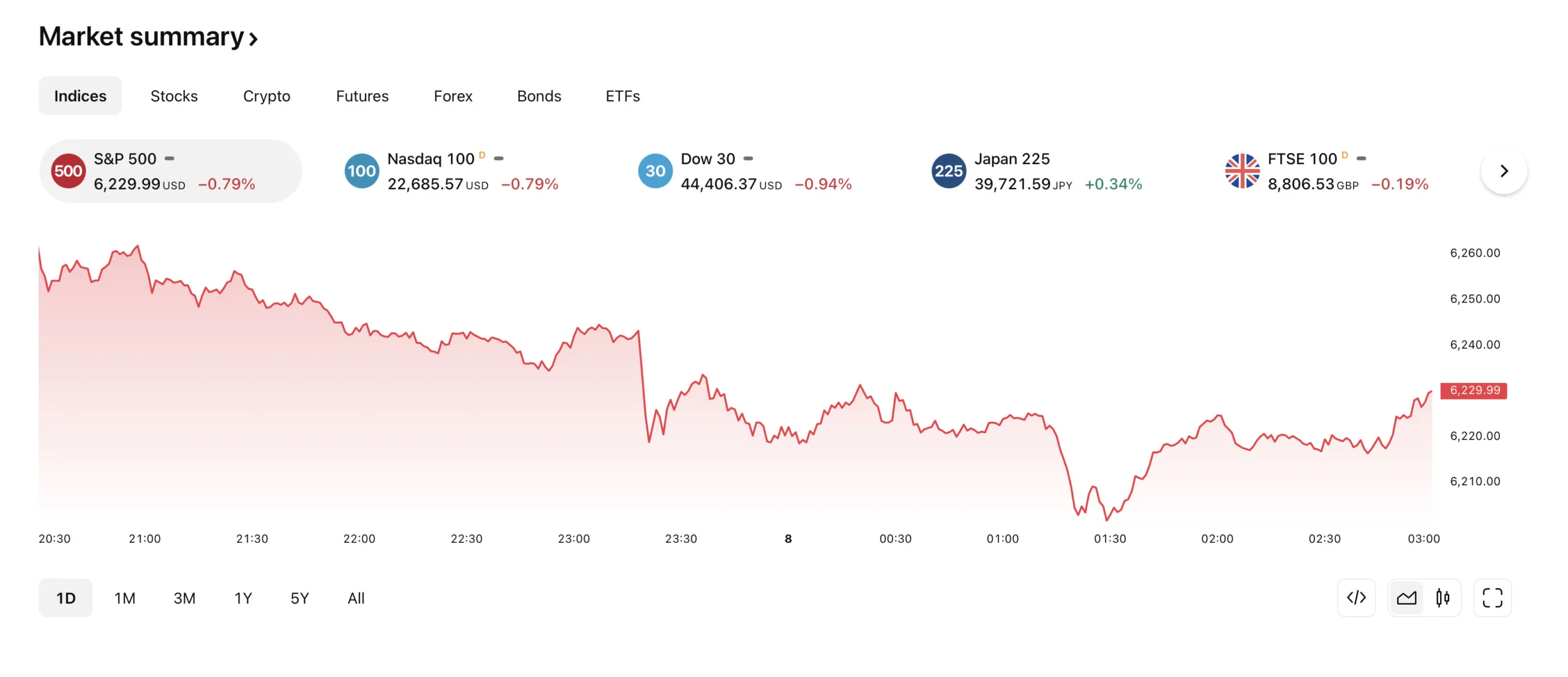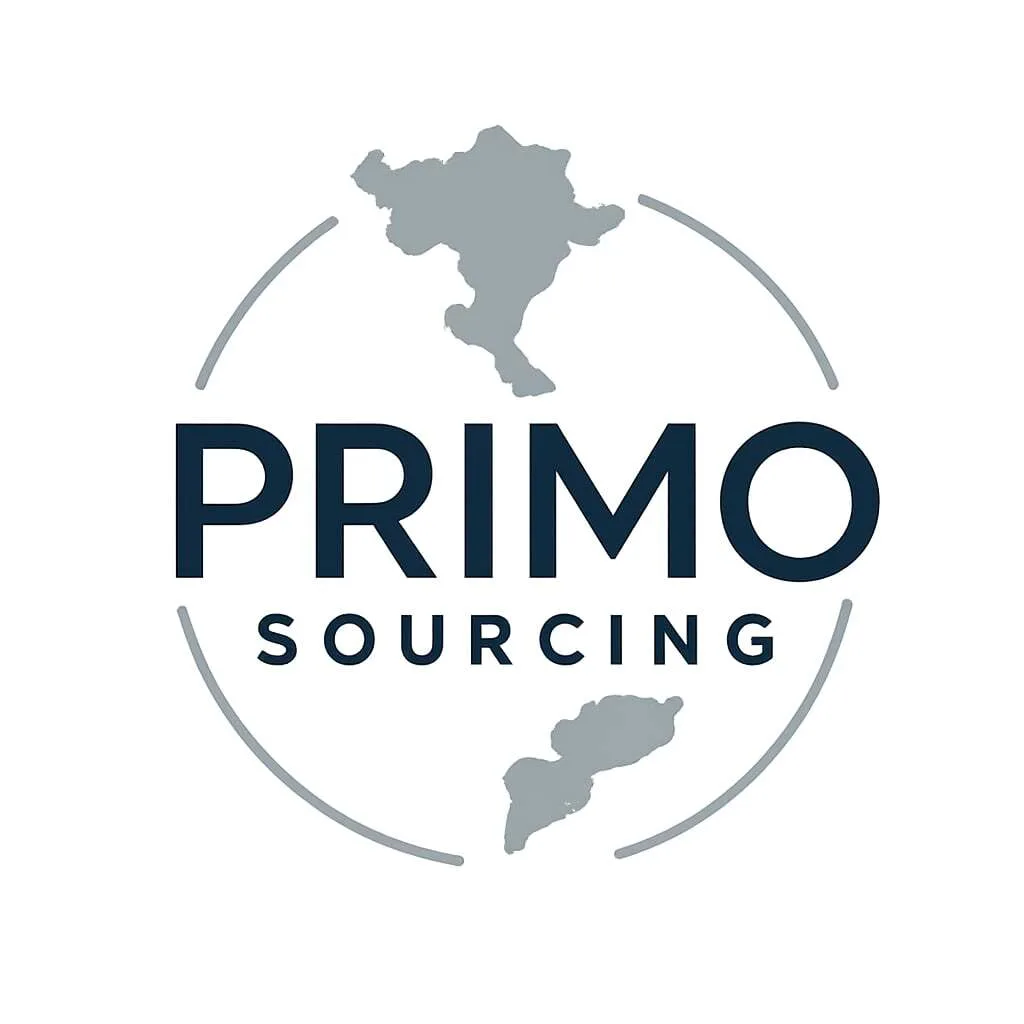WASHINGTON/BRUSSELS, July 7 (Reuters) – U.S. President Donald Trump dramatically intensified his ongoing trade war on Monday, informing key allies like Japan and South Korea, as well as a host of developing nations, that they will face significantly higher tariffs starting August 1.
The new levies impose a 25% tariff on U.S. imports of all goods from Japan and South Korea, a move that initially rattled Wall Street, causing the S&P 500 Index to drop sharply. However, Asian markets appeared to absorb the news more calmly.
In letters dispatched to 14 countries so far, Trump hinted at the possibility of further negotiations while simultaneously warning of reciprocal actions if affected nations retaliate with their own tariff increases. “If, for any reason, you decide to raise your tariffs, then, whatever the number you choose to raise them by, will be added on to the 25% that we charge,” Trump explicitly stated to Japan and South Korea in letters released on his Truth Social platform.
These new, higher tariffs will take effect from August 1 and are distinct from previously announced sectoral tariffs, such as those on automobiles, steel, and aluminum. Trading partners have been under immense pressure to finalize deals with the U.S. since Trump initiated a global trade war in April, which has disrupted financial markets and prompted governments worldwide to devise protective economic measures.
A slight reprieve emerged as Trump signed an executive order on Monday, extending the deadline for negotiations from Wednesday to August 1. When asked about the firmness of this new deadline, Trump replied, “I would say firm, but not 100% firm. If they call up and they say we’d like to do something a different way, we’re going to be open to that.”
Former U.S. trade negotiator Wendy Cutler expressed disappointment over the tariffs imposed on close allies like Japan and South Korea but maintained optimism for a potential breakthrough. “While the news is disappointing, it does not mean the game is over,” stated Cutler, who serves as vice president of the Asia Society Policy Institute.
 Global Impact and Responses
Global Impact and Responses
Beyond key allies, the U.S. will also impose a 25% tariff on goods from Tunisia, Malaysia, and Kazakhstan. Levies will climb to 30% for South Africa, Bosnia and Herzegovina, 32% for Indonesia, 35% for Serbia and Bangladesh, 36% for Cambodia and Thailand, and a substantial 40% for Laos and Myanmar. Trump also indicated that a deal with India was close to being finalized.
On Tuesday, Japanese Prime Minister Shigeru Ishiba reported some progress in avoiding even higher tariffs, which Trump had recently suggested could reach 35%. Ishiba confirmed that the U.S. proposed swiftly proceeding with negotiations towards the August 1 deadline, with the potential for revisions based on Japan’s response.
South Korea announced plans to intensify trade talks with the U.S., viewing Trump’s latest move as an effective extension of a grace period before reciprocal tariffs might be adopted. Thailand expressed confidence in securing competitive tariff rates, while Malaysia’s trade ministry acknowledged U.S. concerns on imbalances but stressed the importance of constructive dialogue. Indonesia’s officials believe there’s still room for negotiation, with their top negotiator set to meet U.S. trade representatives.
For Bangladesh, whose readymade garments industry relies heavily on the U.S. market, the news was “absolutely shocking.” Mahmud Hasan Khan, president of Bangladesh Garment Manufacturers and Exporters Association, stated that a 35% tariff would severely impact their industry. South African President Cyril Ramaphosa deemed the 30% U.S. tariff rate unjustified, citing that 77% of U.S. goods face no tariffs in his country, vowing to continue engagement with the U.S.
Market Reactions and Economic Outlook
Despite the initial drop, U.S. stocks showed resilience. The S&P 500 closed down about 0.8%, but Asian markets largely held firm, with Japan’s Nikkei recouping early losses and South Korean stocks jumping over 1%. Tapas Strickland, head of market economics at National Australia Bank, warned of impending volatility as more letters emerge and negotiations intensify ahead of the August 1 deadline.
Earlier on Monday, Treasury Secretary Scott Bessent had foreshadowed these announcements, noting his inbox was “full” of last-minute trade offers from countries. So far, only two deals have been struck with Britain and Vietnam, while Washington and Beijing reached a framework agreement on tariff rates in June. China, however, has until August 12 to finalize a deal to prevent Trump from reinstating additional import curbs. On Tuesday, China warned the U.S. against reinstating tariffs and threatened retaliation against countries that strike deals with the U.S. to exclude China from supply chains.
 Broader Trade Blocs Targeted
Broader Trade Blocs Targeted
The European Union, notably, will not be receiving a letter imposing higher tariffs, according to EU sources. A European Commission spokesperson confirmed that the EU still aims to finalize a trade deal by Wednesday following a “good exchange” between European Commission President Ursula von der Leyen and Trump. The EU itself has been internally debating whether to pursue a swift and light trade deal or leverage its economic power for a more favorable outcome.
Beyond established trade partners, Trump also issued a threat to leaders of developing nations within the BRICS grouping (including Brazil, Russia, India, and China), warning of an additional 10% tariff if they adopt “anti-American” policies.

